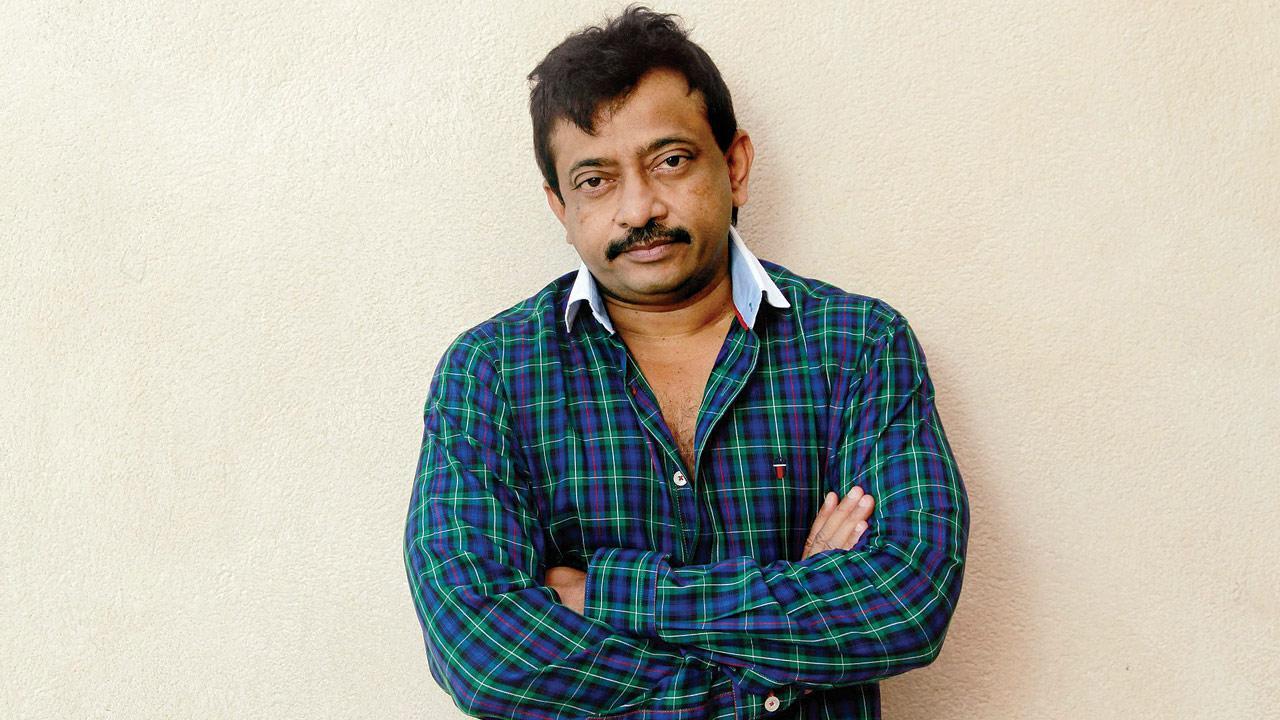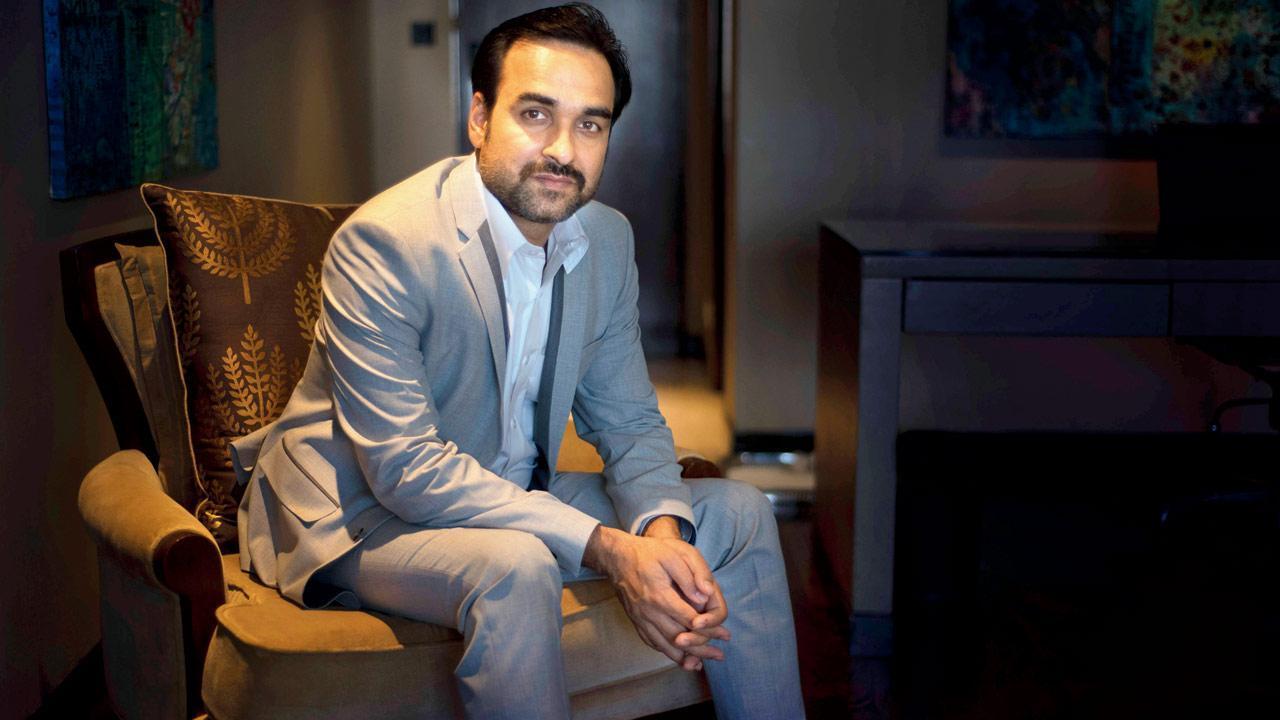
In the latest development from the cricketing world, the Board of Control for Cricket in India (BCCI) has revealed the annual player retainership contracts for the 2023-24 season, unveiling decisions that have surprised many followers of the sport. Amidst the fanfare and scrutiny that accompanies such announcements, the exclusion of Shreyas Iyer and Ishan Kishan has emerged as a major point of discussion.
Both Iyer and Kishan were previously part of the BCCI’s contractual arrangement, with Iyer classified as Grade B and Kishan as Grade C. This year, however, they find themselves without a slot in any of the four designated contract grades, sparking debates about the selectors’ criteria and the dynamic and often unpredictable nature of cricket careers.
In contrast to last year’s allocation of 26 contracts, the BCCI has expanded the list to include 30 players for the current cycle, marking an increase of four inductees. Nonetheless, this amplification in numbers did not benefit cricketers Sarfaraz Khan and Dhruv Jurel, both of whom recently debuted for India, as they were left out of the contract list. Their absence has been attributed to not meeting the specified eligibility criteria of participating in a minimum of three Test matches.
Elucidating the qualification process, the BCCI declared in a statement that players automatically qualify for Grade C on a pro-rata basis by playing at least three Tests, eight One-Day Internationals (ODIs), or ten Twenty20 Internationals (T20Is) within a predetermined period. Jurel and Khan, having each played two Test matches so far, stand on the cusp of reaching this benchmark. Should they feature in the upcoming Dharamsala Test—the 5th Test against England—young talents like them will be officially included in the coveted Grade C.
Spotlighting the fortunate ones who did make the contractual cut, Rajat Patidar secured his place on the list by participating in three Tests in the ongoing series versus England. Alongside Patidar, notables like Rinku Singh, Tilak Varma, Ruturaj Gaikwad, Shivam Dube, Ravi Bishnoi, Jitesh Sharma, Avesh Khan, Prasidh Krishna, and Mukesh Kumar now grace the ranks of Grade C holders, signifying their growing stature and contributions to Indian cricket.
In a comprehensive overview, the Indian Board’s contractual grades now stand as follows:
Grade A+ features the crème de la crème with four athletes: Rohit Sharma, Virat Kohli, Jasprit Bumrah, and Ravindra Jadeja. This most prestigious group represents players who are integral to all formats and consistently deliver exceptional performances.
Grade A comprises six athletes: R Ashwin, Mohd. Shami, Mohd. Siraj, KL Rahul, Shubman Gill, and Hardik Pandya. Each player in this category enjoys a prominent role in the dynamics of the Indian cricket team.
Grade B, with five athletes, includes the likes of Suryakumar Yadav, Rishabh Pant, Kuldeep Yadav, Axar Patel, and Yashasvi Jaiswal. These cricketers have established their prowess and continue to contribute significantly on the international stage.
Lastly, the 15 athletes in Grade C encompass a mix of budding talents and seasoned campaigners. This group includes Rinku Singh, Tilak Verma, Ruturaj Gaikwad, Shardul Thakur, Shivam Dube, Ravi Bishnoi, Jitesh Sharma, Washington Sundar, Mukesh Kumar, Sanju Samson, Arshdeep Singh, KS Bharat, Prasidh Krishna, Avesh Khan, and Rajat Patidar.
The implications of BCCI’s annual contract list are far-reaching, affecting player morale, financial security, and career trajectories. It also offers a glimpse into the strategic considerations and future planning of the Indian cricket establishment. While some selections have garnered unanimous nods, others challenge fans and pundits to ponder the depth and unpredictability of Indian cricket talent pools.










